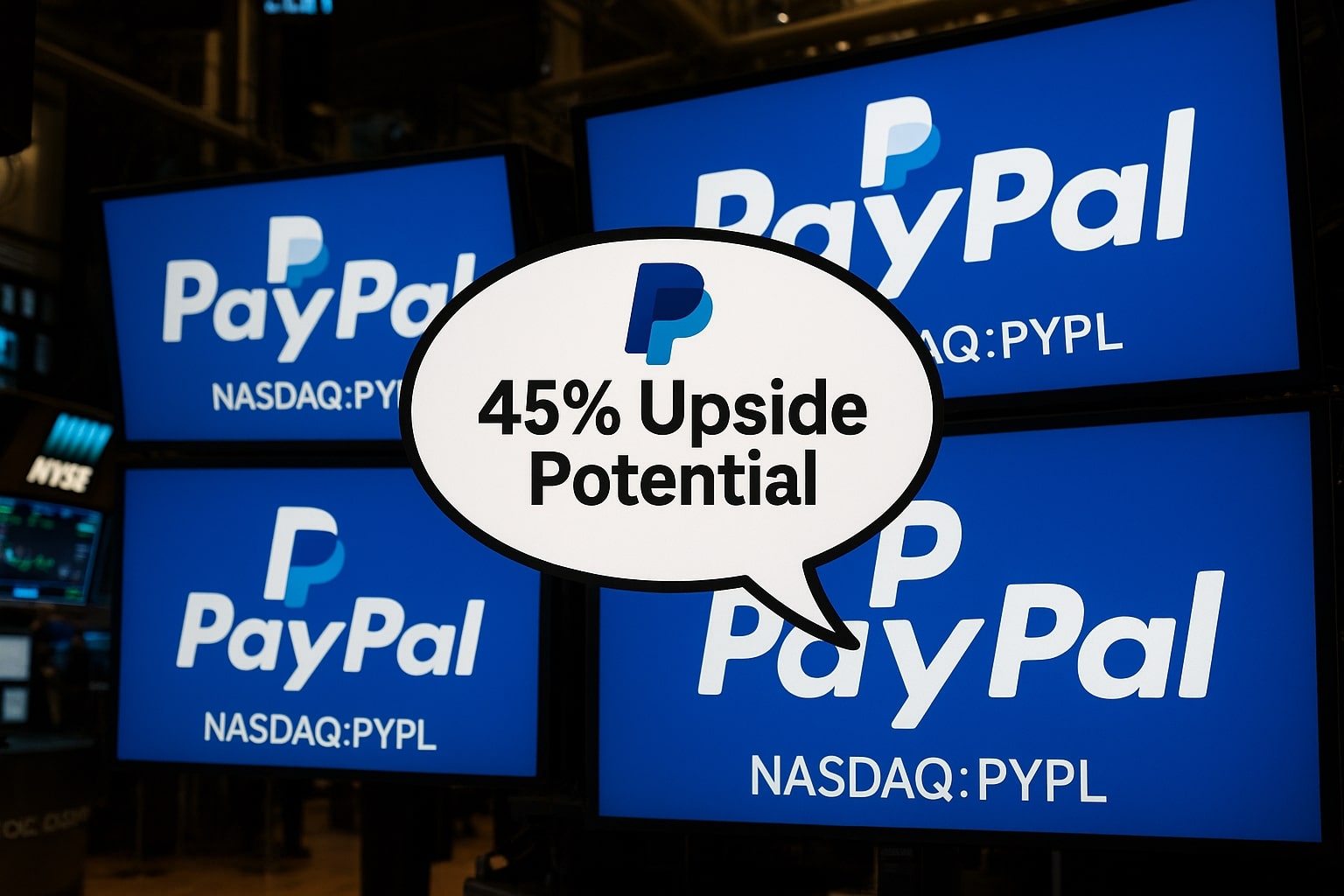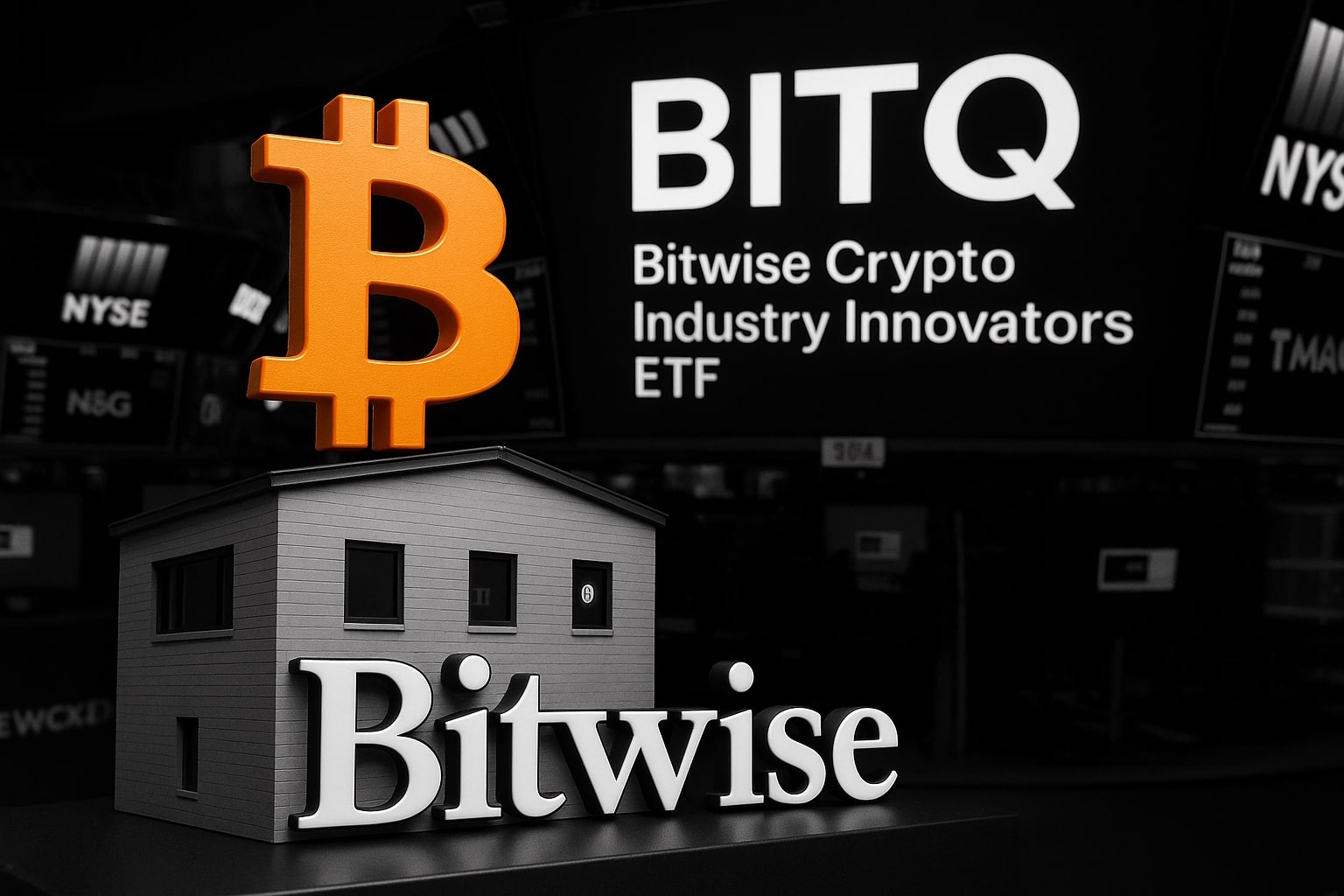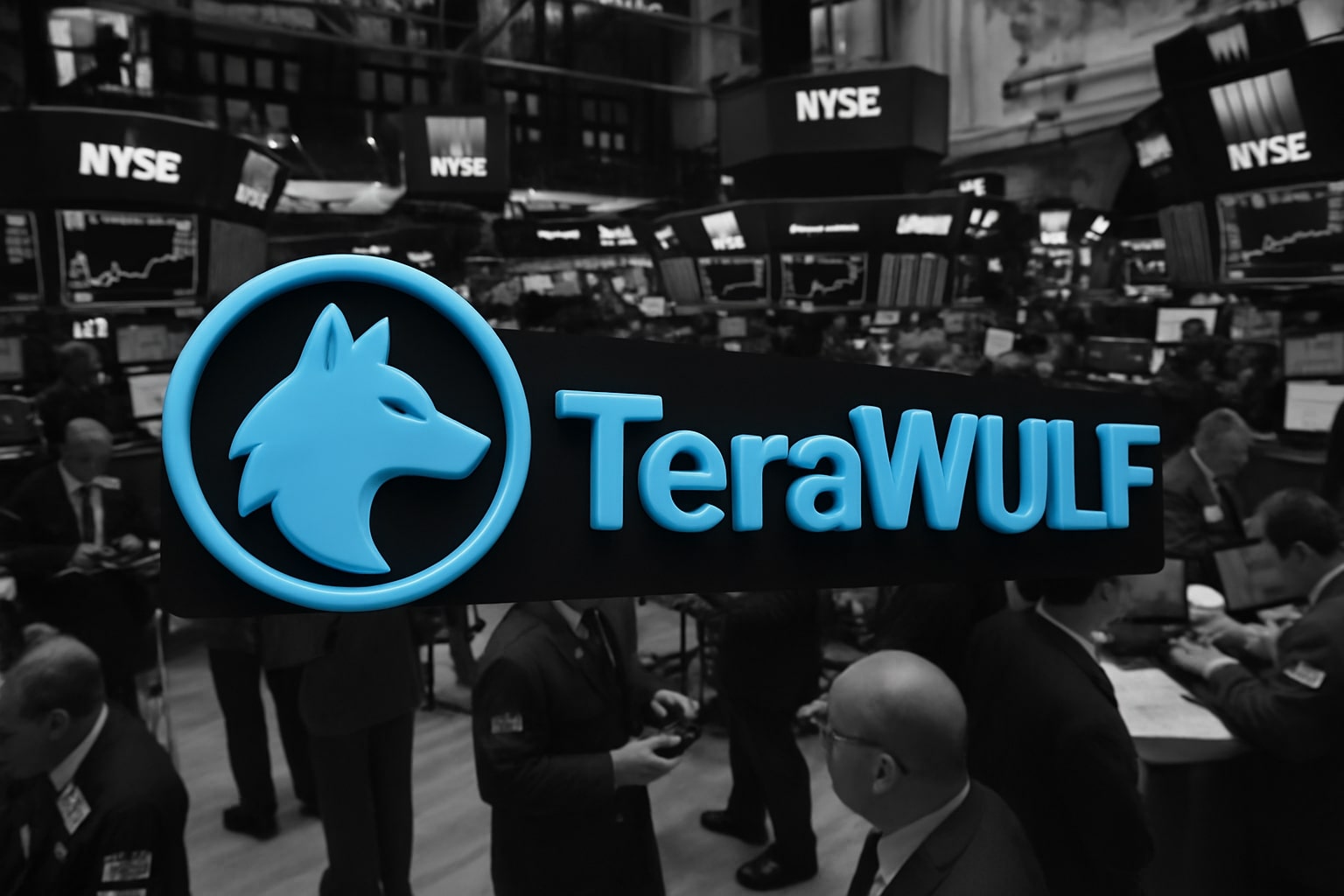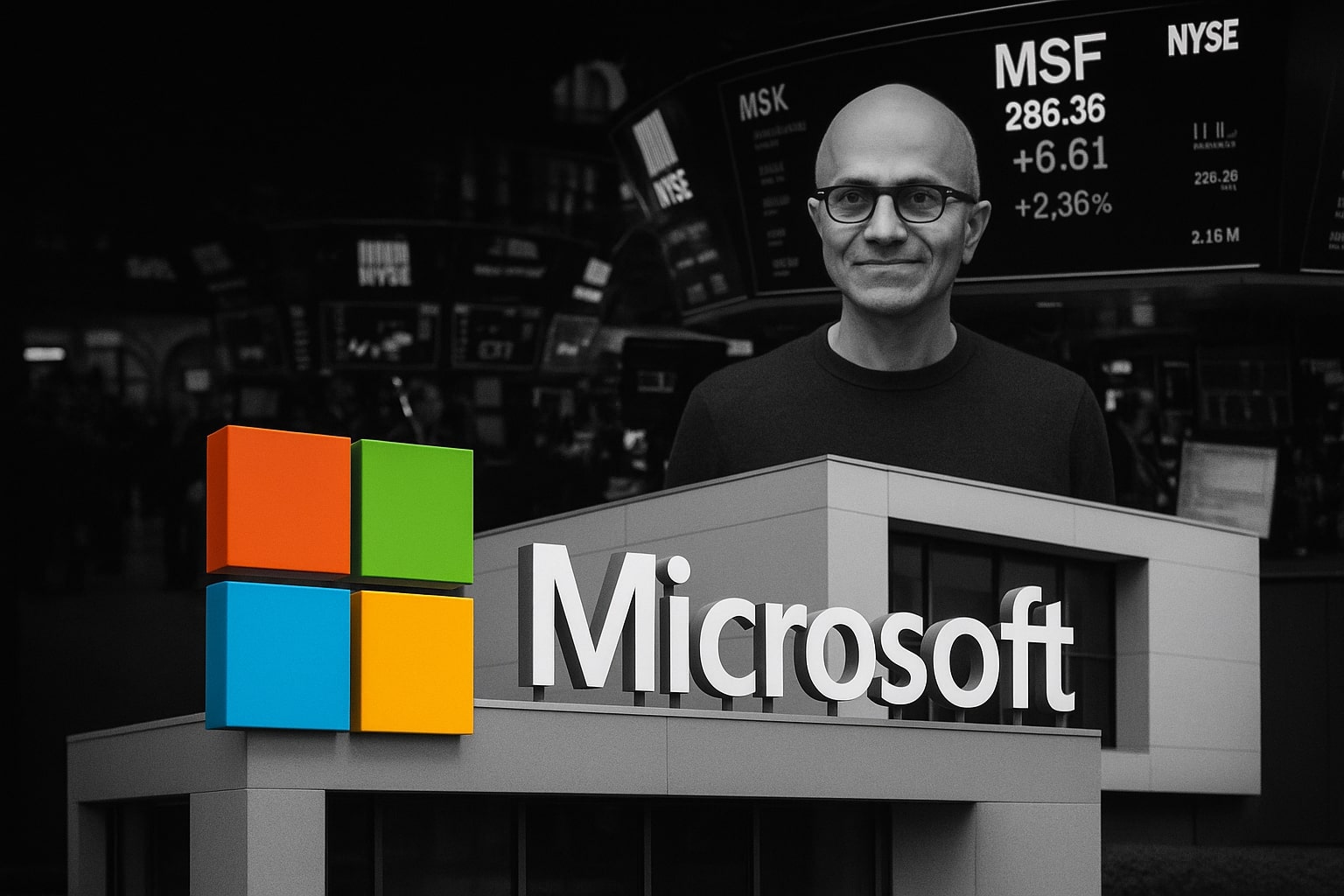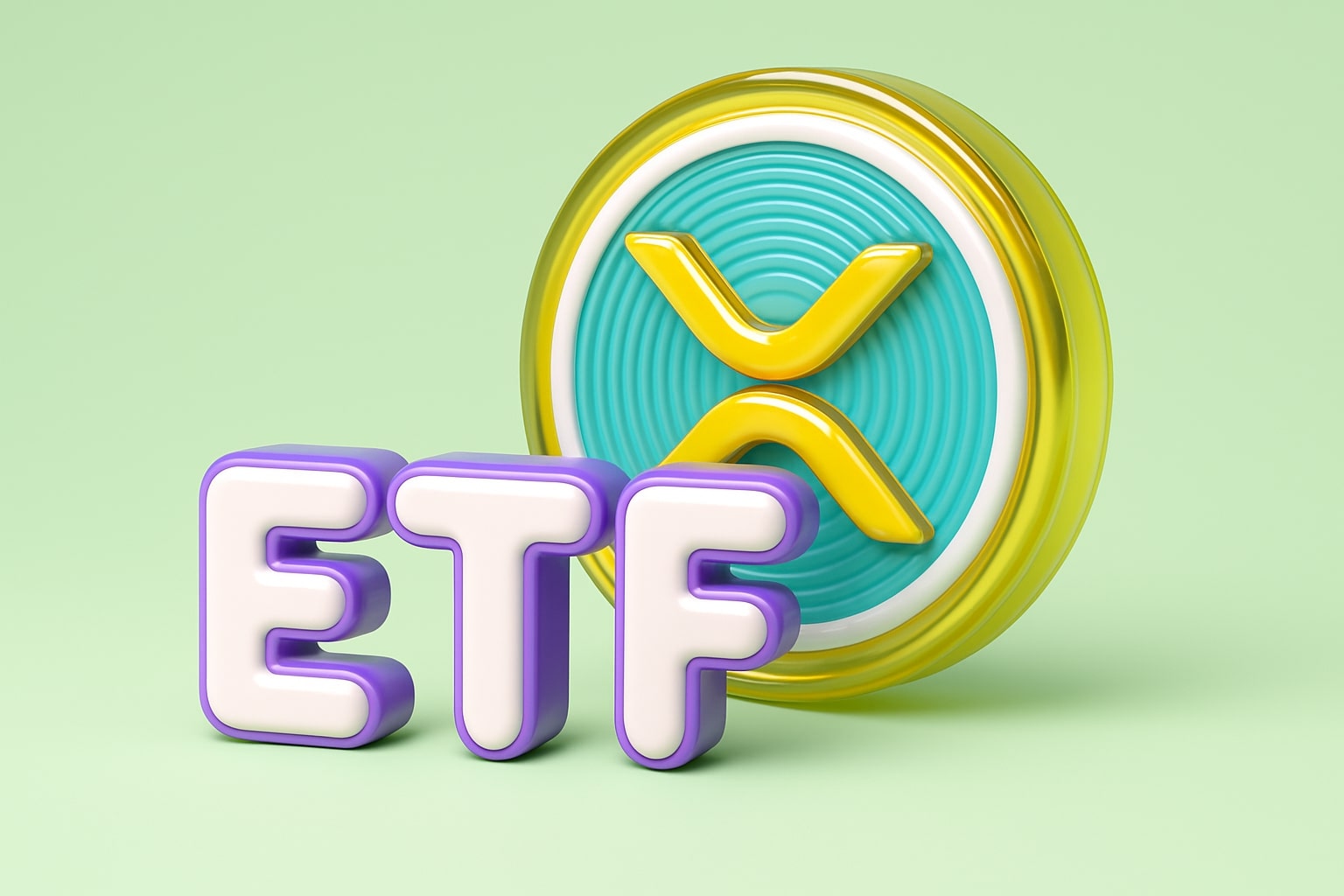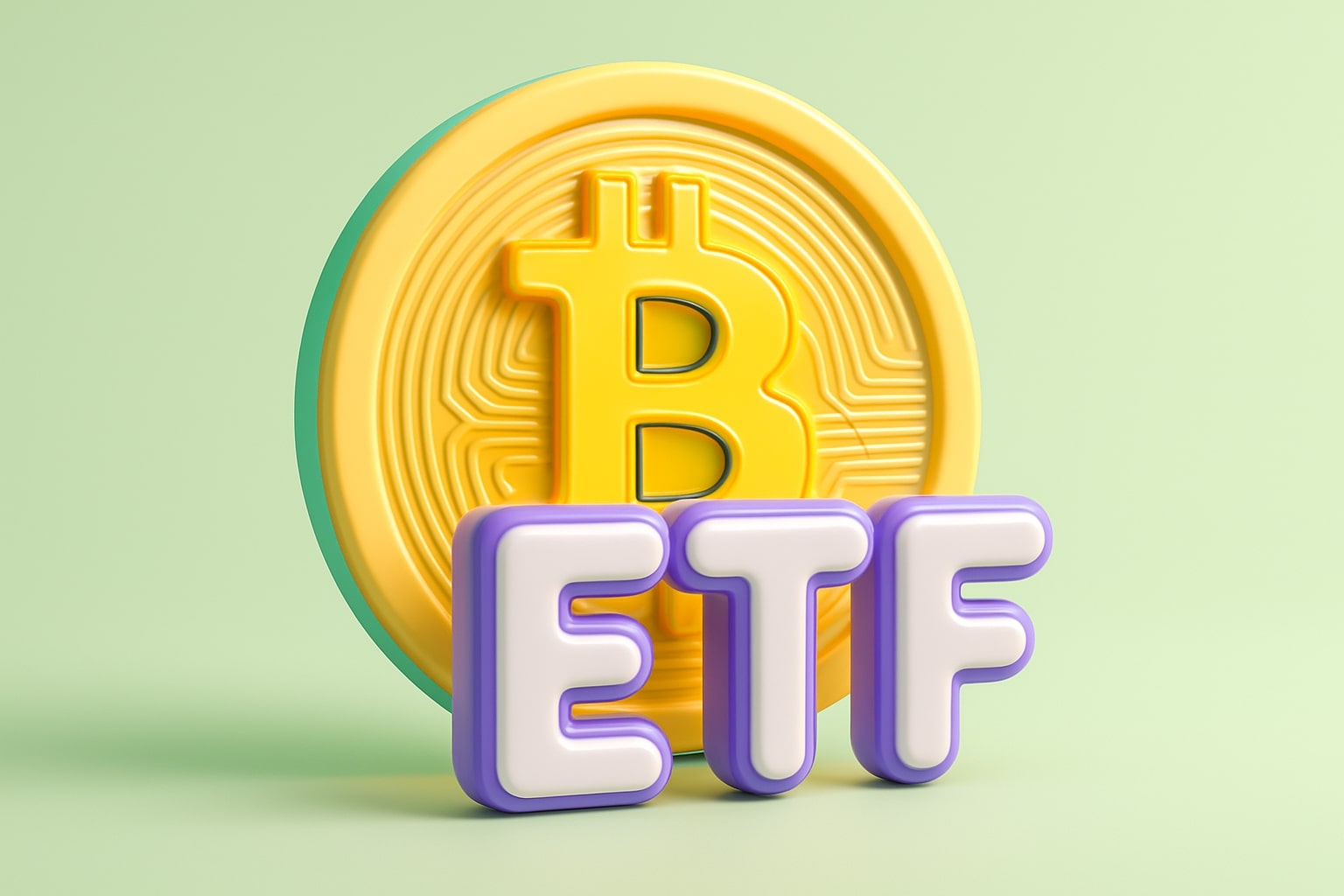Strong Recovery and Mispriced Potential in NASDAQ:PYPL: Transaction Margins, Branded Strength, and Buyback Firepower
PayPal Holdings (NASDAQ:PYPL) is undergoing a transformative shift that Wall Street continues to misprice. Despite a tepid stock performance—trading at just ~$74 as of late June 2025—fundamentals have quietly surged ahead. With operating income tripling since 2018 and PayPal now generating a staggering $6.16 billion in adjusted free cash flow (LTM), the market has failed to account for a margin-led recovery that is rapidly compounding. Gross margins have reached 41.4%, and operating margins hit 18.37%—historic highs that render the current valuation near irrational. Yet the stock remains anchored to 2018 levels, creating a compelling dislocation.
Total payment volume (TPV) in Q1 2025 hit $417.2 billion, up 3.3% YoY, bringing LTM TPV to $1.69 trillion. While this may seem modest, the underlying quality of TPV has changed significantly. Branded TPV—core to PayPal's high-margin model—grew 6% YoY excluding leap day. Branded now yields an estimated 2.25% net take rate compared to just 0.30% for unbranded volumes processed via Braintree. That delta explains why PayPal is deliberately moving away from low-margin unbranded growth. Pay With Venmo surged 50% YoY, while BNPL volumes grew 20%, reinforcing how branded and P2P channels are becoming more profitable and strategically central.
NASDAQ:PYPL Is Monetizing Venmo and Branded Payments With Higher Yields and Strategic Focus
What the market misinterprets as slowing growth is in fact a deliberate transition to higher-yield, more defensible revenue. Venmo debit usage and Tap to Pay functionalities are increasing average order values and introducing stronger monetization pathways. P2P, previously criticized for its low margins, is becoming a flywheel for engagement and balance growth. Transaction margin dollars jumped 7.7% YoY to $14.91 billion. That’s a key profitability measure reflecting net revenue from transactions before operating costs—and it’s trending solidly higher.
Meanwhile, active user growth slowed—up just 2 million YoY to 436 million—but this too aligns with management's recalibration. Instead of chasing vanity metrics, NASDAQ:PYPL is now focused on driving more value from each user. Transactions per account excluding PSP rose 4% YoY. Average order value reached a record $69. This shift prioritizes profitability over raw volume and is already showing up in margins.
Structural Efficiency Gains Reinforce Operating Leverage: SG&A and R&D Spend Down
Management has executed impressive cost control. SG&A and R&D were held to $1.75 billion in Q1 2025, down from $2.02 billion in Q1 2022, even as revenue rose to $7.79 billion. Cost savings from AI-powered automation are only just beginning to flow through, with customer support and administrative functions already seeing productivity improvements. Restructuring charges, which peaked at $307 million in FY24, are now fading—signaling the end of costly reorg cycles. This backdrop sets the stage for durable double-digit EPS growth.
Massive Share Buybacks Are Accelerating EPS Growth and Reducing Float
NASDAQ:PYPL has aggressively repurchased $6.51 billion in shares over the past 12 months. Outstanding shares have dropped from 1.05 billion to just 972.5 million—down 7.03%. This places net buyback yield at 9.3%, among the highest in the sector. With GAAP EPS expected to climb 22% YoY from $3.99 in FY24 to $4.88 in FY25, these buybacks are a multiplier. Even if core earnings grow just 3%, EPS can still rise 10%+ purely through float reduction. The repurchase strategy is not only financially sound—it’s generating asymmetric upside for patient shareholders.
PYUSD Stablecoin Could Unlock $4 Billion in Additional Income if Execution Delivers
The strategic wildcard—and potentially a game-changing catalyst—is PYUSD. Launched in August 2023, this fully-backed U.S. dollar stablecoin is already integrated into PayPal and Venmo for P2P transfers and Xoom remittances. A 3.7% APY yield on PYUSD balances, rolling out this summer, makes holding the token meaningfully more attractive than cash. Integration with Coinbase (for fee-free conversion to USD) and plans for direct merchant settlement could radically reduce transaction costs.
The real kicker? If NASDAQ:PYPL captures even a 20% market share of what U.S. Treasury Secretary Scott Bessent estimates could be a $2 trillion stablecoin market, the company could generate $4 billion in additional net income based on a modest 1% spread. That would be nearly a 70% lift on PayPal’s current LTM operating income base of $5.86 billion. In that scenario, PYUSD becomes a core earnings engine, not just a crypto experiment.
Valuation Disconnect Is Extreme: Price-to-TM Dollars at 4.63x, Forward P/E at 12.6x
Despite all of the margin and strategic momentum, NASDAQ:PYPL trades at only 4.63x price-to-transaction margin dollars—well below the 9x historical median and a far cry from its 2021 peak at 30.77x. The forward P/E is just 12.6x, or 11.9x including interest flows—versus a historical average closer to 28x. The stock is pricing in a no-growth scenario, yet core transaction margin dollars and earnings are accelerating. If PayPal simply returns to an 18x operating P/E—still well below its prior range—it would imply a market cap of $105.4 billion, or $108.42 per share, up 44.9% from current levels.
That price target is backed by rising gross profit, operating income nearly tripling since 2018, and double-digit earnings momentum. With adjusted FCF trading at 11.8x and net debt just $2.17 billion, the capital structure remains sound. Moreover, repurchase yield and earnings leverage add a floor to valuation in ways few fintech names can match.
Risks Remain: Apple Pay, Stripe, and Lower Rates Could Pressure Margins
Bear cases aren’t without merit. Apple Pay now has 90% U.S. merchant penetration, and Stripe’s global stablecoin ambitions could challenge PayPal’s moat. Shopify integrations are also tightening checkout ecosystems outside PayPal’s walled garden. Lower interest rates would hurt PYUSD balance returns and payment float income.
But NASDAQ:PYPL remains structurally resilient: its branded take rate advantage is significant, and its compliance-first approach to stablecoins positions it well ahead of rivals like Tether or USDC if U.S. regulation tightens. It has the trust, user base, and infrastructure to capitalize on any industry realignment.
Buy Decision: Strong Buy Rating for NASDAQ:PYPL With $108.42 Price Target and 45% Upside
The market's dislocation from reality is extreme. With the stock at ~$74 and fair value conservatively estimated at $108.42, the upside is +44.9%, backed by hard numbers: 18.37% operating margins, 7.7% TM dollar growth, $6.16 billion FCF, and 7% float shrinkage.
The narrative around NASDAQ:PYPL is one of misunderstood strategy. Branded TPV and Venmo monetization are delivering leverage, while PYUSD could inject a fresh $4 billion to the bottom line. This is a business evolving rapidly from transactional scale to financial infrastructure—and the stock doesn’t reflect it.
Investors buying here aren’t speculating on sentiment—they’re acquiring a proven platform with embedded growth catalysts at a historically depressed multiple. The reward-to-risk ratio is asymmetric, and with execution tracking, PayPal is a strong buy with 12–24 month upside that could surprise even bulls.














